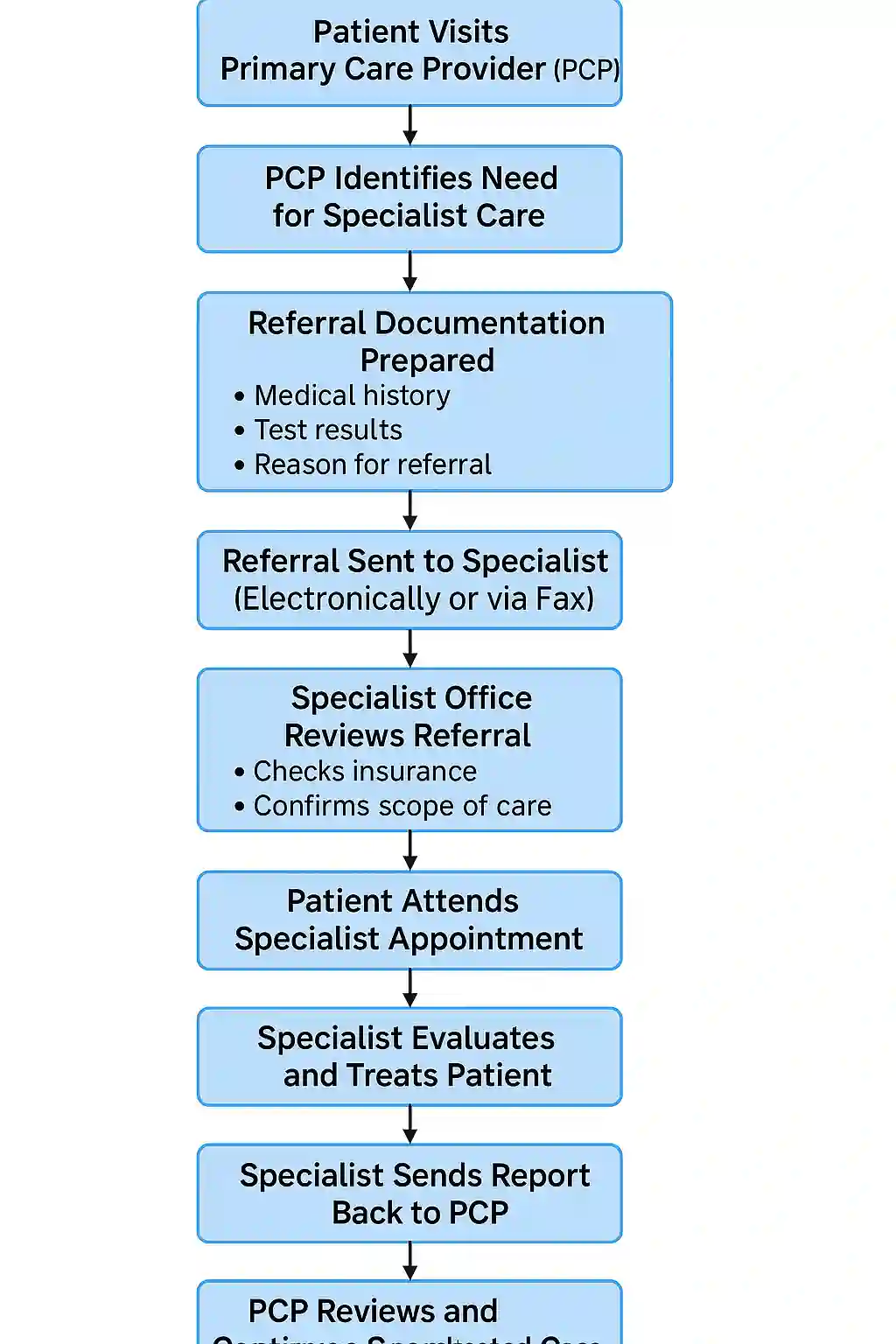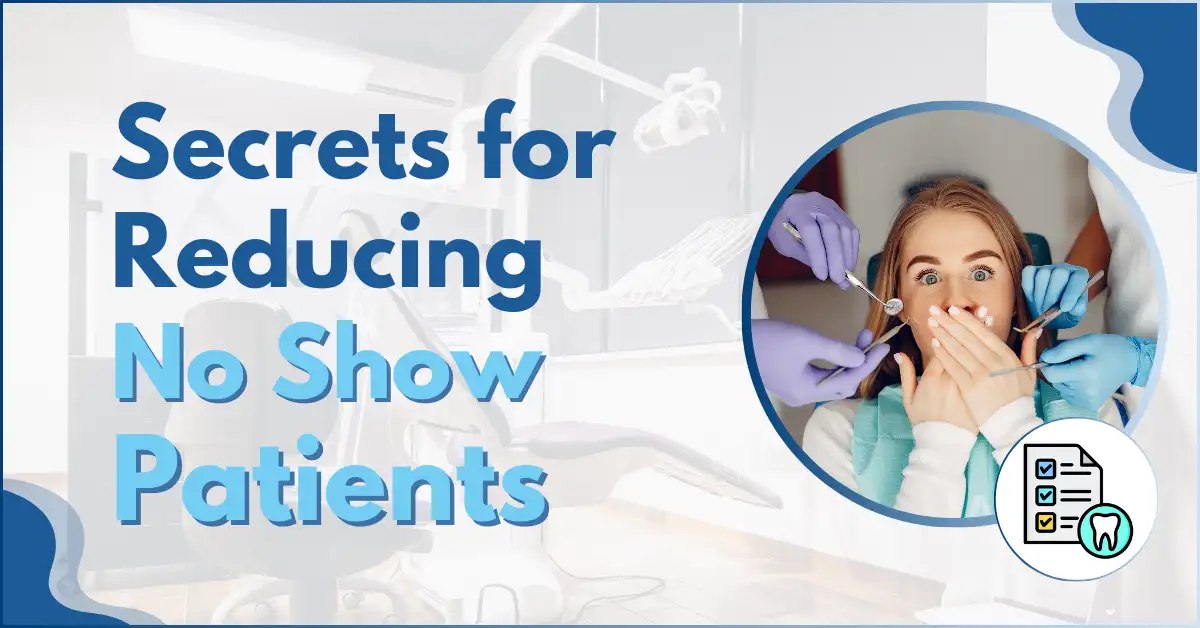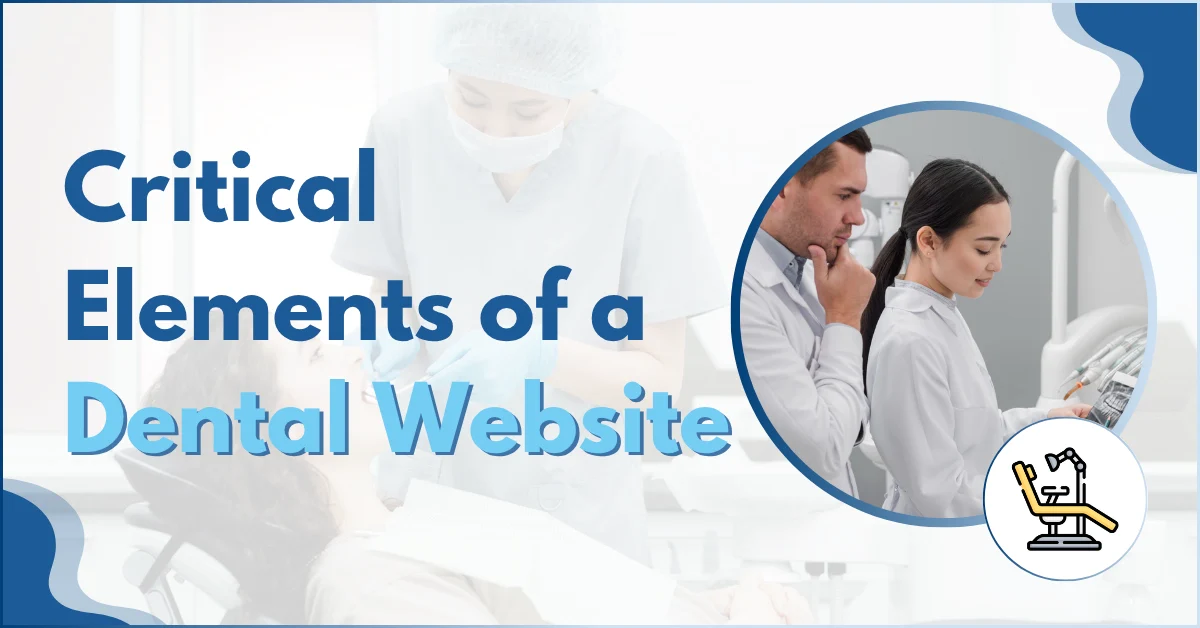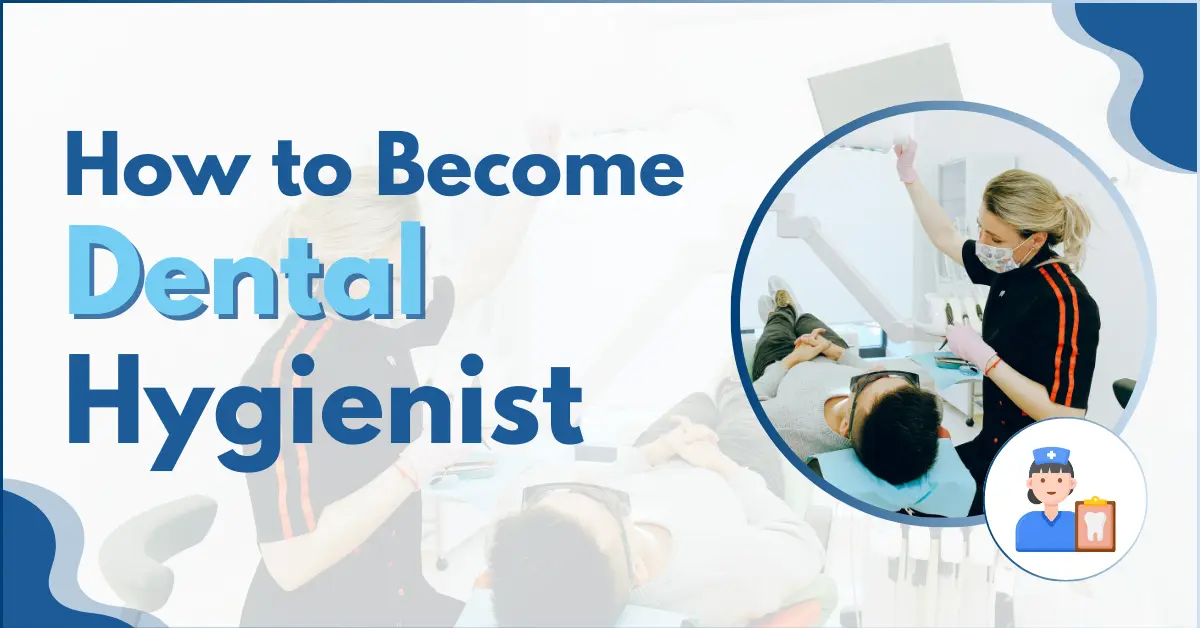Operating a dental practice is no longer just about filling cavities. You must have a constant flow of new patients to maintain full chairs and build your practice. So, how do you do it? You can do it through patient referrals.
When a person trusts you enough to refer their family and friends over to you, that’s gold. Those referred patients are more likely to arrive, be adherent, and hang around long term. And they already have some trust invested in them.
Let me tell you exactly how to increase patient referrals to your dental practice with strategies that actually work.
Why Patient Referral Marketing Matters for Dentists?
Consider this: when you are looking for a good restaurant tip, do you rely on a generic online ad or your friend’s recommendation? The same principle applies to dental care. Individuals desire to be referred to individuals they trust.
Here are reasons why referrals work so well for dental practices:
The secret is being intentional about it. You can’t wish referrals to occur – you must have systems in place that make them more probable.
14 Ways to Increase Patient Referrals for Your Dental Practice

Let’s discuss what those ways are to increase patient referrals for your dental practice:
1. Identify your Target Audience
Identify your dream patients, age range, location, income, and dental needs (e.g., cosmetic, family dentistry, orthodontics). Refine your services, messages, and referral invitations to meet their needs.
2 . Hire High-Caliber Staff
Your staff is your reputation. Warm, skilled, and caring staff deliver a memorable experience that patients eagerly share. Happy patients would create more referrals.
3. Keep your Branding Consistent
Ensure your website, social media, signs, and brochures share a unified, professional look. Consistency builds trust, patients are more likely to refer friends and family when your practice appears trustworthy and current.
4. Establish Strong Relationships with Local Medical Professionals
Begin with the physicians, pediatricians, and specialists who are in your region. They are natural referral sources because they have patients who require dental treatment.
Visit their offices every now and then. Meet the front desk personnel – they are frequently the ones making patient referral recommendations. Bring the staff coffee or little thank-you presents when they refer patients your way.
5. Make Contact With Basic Marketing Materials
Don’t make this complicated. A basic brochure indicating your services, address, and phone number is okay. Add a business card and possibly a mini-brochure of frequent dental issues your patients may have.
6. Create Your Unique Selling Point
Maybe you do sedation dentistry, or you’re great with anxious patients, or you offer weekend hours. Make it clear what makes you different from others, so they know when to think of you
7. Develop an Actual Referral Program That Works
Most dental offices claim they want referrals, but never actually ask for them. Here’s how to change that:
8. Focus on Exceptional Patient Care
This may seem old school, but it’s where most dental offices fall short. Good dental work isn’t enough anymore; patients expect a good experience, too.
9. Get Your Online Presence Working for You
Your online presence and reputation are parallel to your referral marketing.
10. Use Creative Ways to Increase Patient Volume
11. Understand the 3 Types of Medical Referrals
Although dental offices operate somewhat differently than medical offices, knowing the general referral process is helpful:
The objective is to build all three forms. Have sound procedures in place for managing each form of referral so nothing slips through the cracks.
12. Pay for Advertising

Use Google Ads or social media to stay top of mind. Highlight authentic patient recommendations or refer-a-friend promotions. Smart ad targeting brings the right kind of patients in who are more likely to refer others.
13 . Change with the Times
Catch up on your equipment and services (e.g., virtual check-ins, online scheduling, teledentistry). Staying current shows patients you’re state-of-the-art, encouraging them to refer you.
14. Seek Expert Help to Increase Patient Referrals
Hire a healthcare marketing consultant or agency to build a referral machine, online reviews, local SEO, influencer partnerships, and reward programs for referrals can all be done professionally.
4 Referral Marketing Pitfalls to Avoid
- Don’t disregard your referral sources: If a referring dentist or physician sends you a patient, always send a follow-up report with an update on how the patient is doing. This courtesy keeps the referrals coming.
- Don’t let your online reputation slip: One negative review can wipe out a multitude of positive referrals. Address every review professionally and do everything in your power to rectify any valid complaints promptly.
- Don’t forget to follow up: When a patient is referred to you, follow up with the new patient as well as the referral source. A thank-you note will go a long way.
- Don’t overcomplicate referrals: If your referral process is difficult with lots of paperwork or requires complex steps, patients will not use it. Make it easy.
How to Measure Your Referral Marketing Results
You can’t fix what you can’t measure. Here is how to measure your referral success:
Medical Referral Process Flowchart

FAQS: Increase Patient Referrals
Wrapping Up
It isn’t rocket science to increase patient referrals, but it does take focused effort and a sincere interest in caring for your patients. The practices that succeed are the ones that prioritize referrals and implement systems to make them occur organically.
Begin with the fundamentals: provide excellent care, solicit referrals, develop working relationships with other providers, and have a solid online presence that complements your work. Measure what works and do more of that.
Always keep in mind that any patient who sets foot inside your clinic is a potential source of referral. Treat them kindly, and they’ll refer their loved ones to you. That’s how you make your dental practice thrive and expand organically through the strength of referrals.







